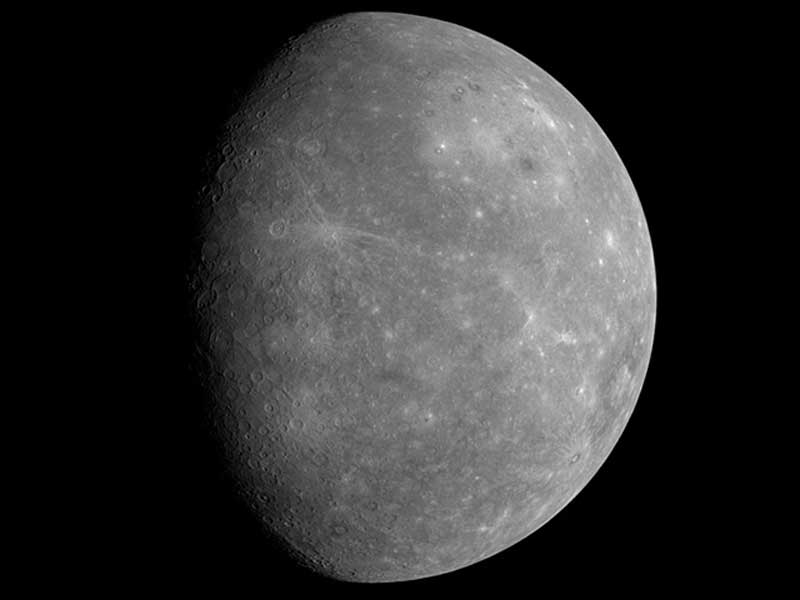There are eight planets in our solar system, and Mercury is the smallest of them all. It was named after the Roman god Mercury, who was the messenger of the gods. Even though it is small, Mercury is an interesting planet with a lot of history! In this article, we will discuss some of its most important characteristics. Stay tuned to learn more about this fascinating little planet!

Mercury Discovery and Naming
The first recorded observations of Mercury were made by the Babylonians in about 700 BCE, who thought it was the planet Vulcan. However, it was not until 1543 that Copernicus proposed that Mercury orbited the Sun, and not Earth as had been previously believed. It wasn’t until 1631 that Galileo observed Mercury with a telescope, and was able to confirm that Copernicus was correct.
In Roman mythology, Mercury is the messenger of the gods. He is also known as the god of commerce and thieves. The planet Mercury was named after him. The symbol for Mercury is a stylized version of his head and winged helmet.
Mercury Diameter & mass
Mercury is the smallest planet in our solar system. It has a diameter of only 4879 kilometers, which is about a third of Earth’s diameter. Mercury also has a mass of only 0.55 times that of Earth. This makes it the smallest and least massive planet in our solar system.
Mercury is very dense for its size. This is because it has a large iron core. The iron core takes up about 60% of Mercury’s volume. This makes Mercury’s surface very smooth. Mercury also has a thin mantle and an even thinner crust.
Composition
Mercury is made of mostly rock and iron. It has a very thin atmosphere made up of oxygen, sodium, hydrogen, and helium. There is no water on Mercury. The surface of Mercury is very smooth. This is because it has been heavily cratered by impacts from space over the years.
Climate
Mercury’s surface is covered in craters. These craters were caused by collisions with comets and asteroids. Mercury has a very thin atmosphere, which means that it doesn’t have any weather.
The temperature on Mercury varies widely. The side of Mercury that faces the Sun can get as hot as 430 degrees Celsius.
The side of Mercury that faces away from the Sun can get as cold as -180 degrees Celsius. Mercury is a very dry planet. There is no water on its surface. However, there may be ice at the poles.
Jupiter’s orbit & Rotation
Its orbital period around the Sun of 87.97 days is the shortest of all the planets in the Solar System. It is also the closest planet to the Sun.
Mars Observation & visit
Mercury is one of the hardest planets to visit. It is very difficult to land a spacecraft on Mercury’s surface because of the extreme temperatures.
In 1974 & 1975, the American spacecraft, Mariner 10, became the first to visit Mercury. On the other hand, Messenger launched in 2004 and orbited Mercury for four years, and took over a thousand pictures before running out of fuel and crashing into the planet’s surface in 2015.
In 2011, the MESSENGER spacecraft made a controlled crash landing on Mercury’s surface. This was the first time that a spacecraft had landed on Mercury.
The BepiColombo mission is scheduled to launch in 2018. It will study Mercury’s surface and environment in more detail than ever before.
Conclusion| Smallest planet in our solar system
There is still much we don’t know about Mercury, but scientists hope to learn more about this planet in the future. Who knows what secrets Mercury may hold? We can’t wait to find out!